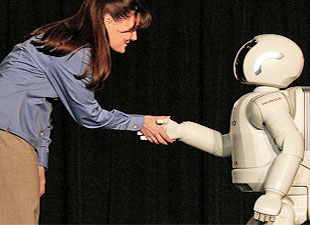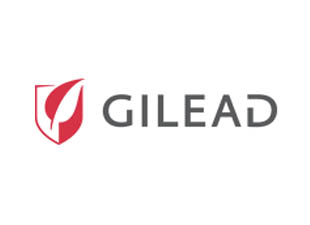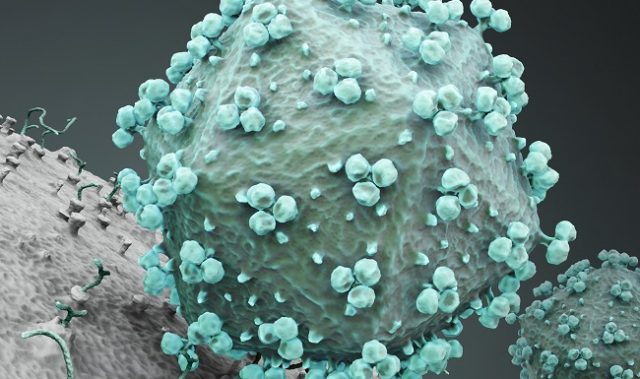
Asian Scientist (Aug. 1, 2013) – Despite years of scientific advances in HIV treatment and prevention, more than two million people are newly diagnosed with HIV annually, demonstrating how community-driven approaches to prevention are still needed to curb the epidemic, experts say.
For years evidence has mounted that anti-retroviral therapy (ART) – virus-suppressing drug combinations that are the primary treatment for HIV – can also be used effectively in prevention.
However due to the complications associated with ART procurement, distribution, uptake, adherence, and potential behavior change in patients (some studies have linked increased risk-taking behaviors in HIV patients post-treatment), a fresh local approach to implementing ART-based prevention programs is needed, new research argues.
“Research in HIV prevention needs to get out beyond its comfort zone and meet with the people who have very different ideas about what HIV means,” Jim Pickett, the project director for Mapping Pathways, an international research and advocacy project, told IRIN.
Despite international research and policy developments that have boosted awareness and popularity of what is known as “treatment as prevention”, local-level implementation of it remains murky and piecemeal.
“We talk a lot about the results of science and figuring out how to `make it make sense’ in local contexts. But science is itself a process that should involve communities from the very beginning,” Pickett said.
From efficacy to effectiveness
According to Mapping Pathways, the ideal approach to implementing treatment as prevention should consider not only the clinical goal of efficacy (works in a lab), but also effectiveness (how to apply the solution in a community).
“I know that if you get anti-retroviral drugs into someone’s blood, they suppress the virus. We have amazing proof of that – it’s a major scientific breakthrough in the history of humankind,” said Linda-Gail Bekker, chief operating officer of the Desmond Tutu HIV Foundation, based in South Africa.
“But now we have to put this together so it works, which means engaging with a wide range of human beings who live very different lives than those of us who run these programs might imagine,” she said.
Effectiveness requires behaviour change and, therefore, varies across cultures, governments, and communities based on “the firms that produce the drugs, the healthcare clinics that deliver the drugs, the community centres that provide education, and the partnerships developed,” according to Mapping Pathways.
“Human beings will behave like human beings. What does that mean? Well, social sciences have been trying to figure that out for centuries and don’t have one single theory, so why should our HIV programs?” asked Bekker.
“The notion that in HIV programs ‘one size fits all’ has backfired on us and it has been a humbling moment for those of us who work in this field.”
“Local” science
According to Molly Morgan Jones, a researcher at the international public policy think tank Rand Corporation and lead author of Mapping Pathways’s recent report, the varied applications of science must be taken into account when designing programs: “Uptake of new ideas or products is contingent on a lot of factors that might have nothing to do with what’s created in a lab or recommended by policy experts…”
“ART has been around for a while, the innovation at this point is how we are going to use the drugs – a new way of thinking about how communities access, understand, and employ this technology,” she explained.
Development of the Mapping Pathways model relied on research carried out with partners in the US, UK, South Africa and India.
In each of the locations, local stakeholders – including clinicians, researchers, policymakers, the medical industry, patient advocates and coalition groups – interpreted scientific evidence differently, which had “profound” effects on how HIV prevention and care was carried out, the researchers noted.
“Here’s all this science – now what?” said Pickett, referring to the conventional top-down approach to HIV interventions, which often assumes that scientific proof a drug works will be enough to convince patients to use it.
“We need these processes to be local from inception,” he said, echoing arguments from the UN special rapporteur on the right to health that the participation of affected populations in decision-making is key to successful interventions.
However promising, concerns about putting this theory into practice remain.
The World Health Organization recently published recommendations that call for the number of people enrolled on ART to be increased by up to 25 million worldwide (up from the current 9.7 million). Financing the scale-up while also boosting local buy-in will be a challenge, say analysts.
But, the effort must be made, argued Pickett: “Just because something adds complexity to a methodology or a protocol doesn’t mean it shouldn’t be done – go there, to the places where the results of the scientific endeavor are meant to be utilized, and have a conversation with the people about what it can do, and most importantly, what they need it to do.”
——
Source: IRIN News; Photo: Brendan Brady/IRIN.
Disclaimer: This article does not necessarily reflect the views of AsianScientist or its staff.












